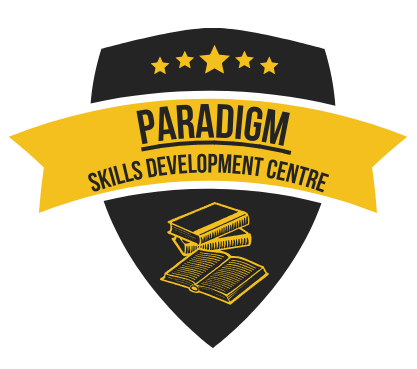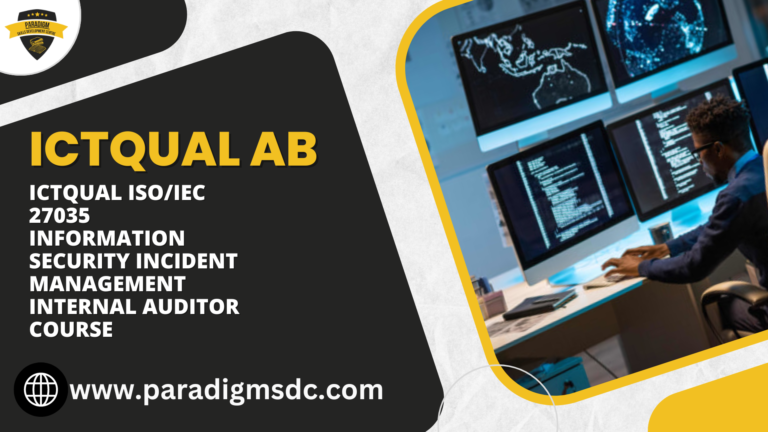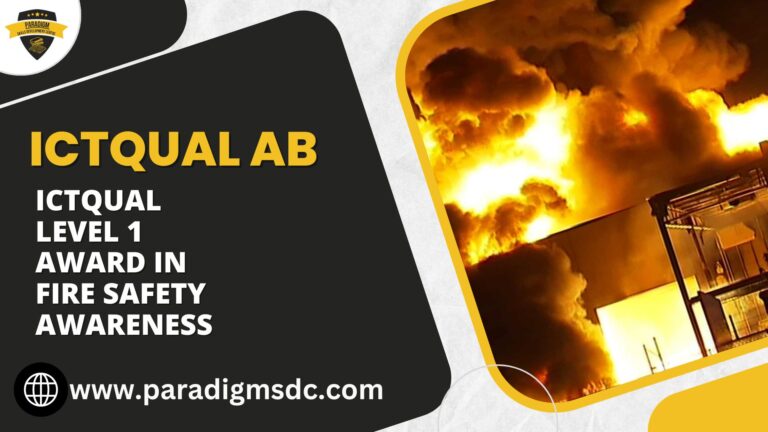The ICTQual Level 3 Diploma in Electrical Engineering is an industry-recognized qualification designed for individuals looking to enhance their skills in electrical engineering. This diploma provides a comprehensive foundation for both beginners and those looking to deepen their knowledge in electrical systems and engineering practices. With 60 credits, this qualification is an essential stepping stone toward a successful career in electrical engineering, offering practical and theoretical expertise to meet industry demands.
The ICTQual Level 3 Diploma stands out for its well-rounded curriculum that covers a wide range of core subjects in electrical engineering. The course is tailored to meet the practical and theoretical needs of the electrical engineering industry. It provides learners with the latest knowledge, ensuring they are job-ready upon completion.
The course is structured to be completed in 6 months but can be fast-tracked to 3 months. This allows you to enter the workforce sooner with a qualification recognized by employers across the industry.
The ICTQual Level 3 Diploma in Electrical Engineering (60 Credits) is an essential qualification for anyone looking to pursue a successful career in electrical engineering. With a curriculum that covers both the theoretical and practical aspects of the field, it provides a strong foundation for entering or advancing within the industry. The option to complete it in just 3 months makes it an excellent choice for individuals eager to fast-track their career in electrical engineering.
Study Units:
- Fundamentals of Electrical Engineering
- Electrical Wiring and Installation Techniques
- Electrical Maintenance and Fault Diagnosis
- Control Systems and Automation
- Electrical Machines and Motors
- Sustainable Energy and Green Technologies
Learning Outcomes:
Below are the learning outcomes for each of the study units in the ICTQual Level 3 Diploma in Electrical Engineering program:
1. Fundamentals of Electrical Engineering
By the end of this unit, students will be able to:
- Understand and apply the basic concepts of electrical engineering, including voltage, current, resistance, and power.
- Use Ohm’s Law to calculate values in electrical circuits.
- Differentiate between series, parallel, and compound circuits and explain their applications.
- Interpret electrical symbols and schematic diagrams used in electrical systems.
- Analyze and work with both AC and DC electrical circuits.
2. Electrical Wiring and Installation Techniques
Upon completing this unit, students will be able to:
- Install basic electrical systems, including switches, sockets, and lighting fixtures, in residential and commercial settings.
- Apply wiring regulations and safety standards (e.g., IET Wiring Regulations) in electrical installations.
- Select and install appropriate circuit protection devices, such as fuses and circuit breakers.
- Demonstrate proficiency in installing wiring systems and ensuring their compliance with industry standards.
- Safely handle and install electrical components while ensuring safe operation.
3. Electrical Maintenance and Fault Diagnosis
After completing this unit, students will be able to:
- Diagnose faults in electrical systems using appropriate tools and techniques.
- Perform maintenance on electrical systems and equipment in both industrial and commercial environments.
- Test and troubleshoot components like motors, transformers, and wiring to identify faults.
- Implement safe working practices when dealing with electrical faults and repairs.
- Develop and apply strategies for maintaining electrical systems to ensure optimal performance and safety.
4. Control Systems and Automation
Upon completion of this unit, students will be able to:
- Understand the basic principles of control systems and automation technologies.
- Identify and use key components in electrical control systems (e.g., PLCs, relays, sensors).
- Design and implement basic electrical control systems for industrial applications.
- Interpret and create electrical control diagrams and schematics.
- Troubleshoot and maintain automated systems in real-world scenarios.
5. Electrical Machines and Motors
By the end of this unit, students will be able to:
- Understand the working principles of different types of electrical motors (AC and DC).
- Select, install, and maintain electric motors for various applications.
- Troubleshoot and repair faults in electrical machines and motors.
- Understand and apply speed control methods for electrical motors.
- Work with transformers and their role in electrical power distribution.
6. Sustainable Energy and Green Technologies
Upon completing this unit, students will be able to:
- Understand the fundamentals of renewable energy sources, such as solar, wind, and hydro power.
- Install and maintain renewable energy systems, including solar panels and wind turbines.
- Integrate renewable energy solutions into existing electrical grids.
- Understand energy storage solutions and their applications.
- Apply energy efficiency practices to minimize environmental impact in electrical systems.







